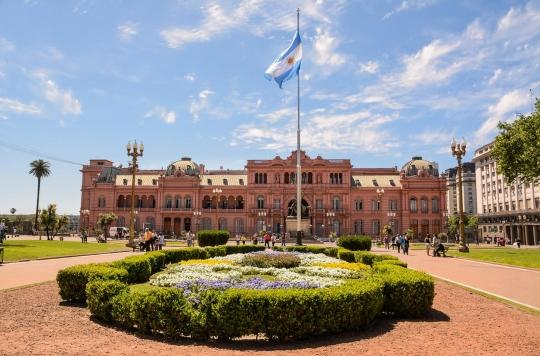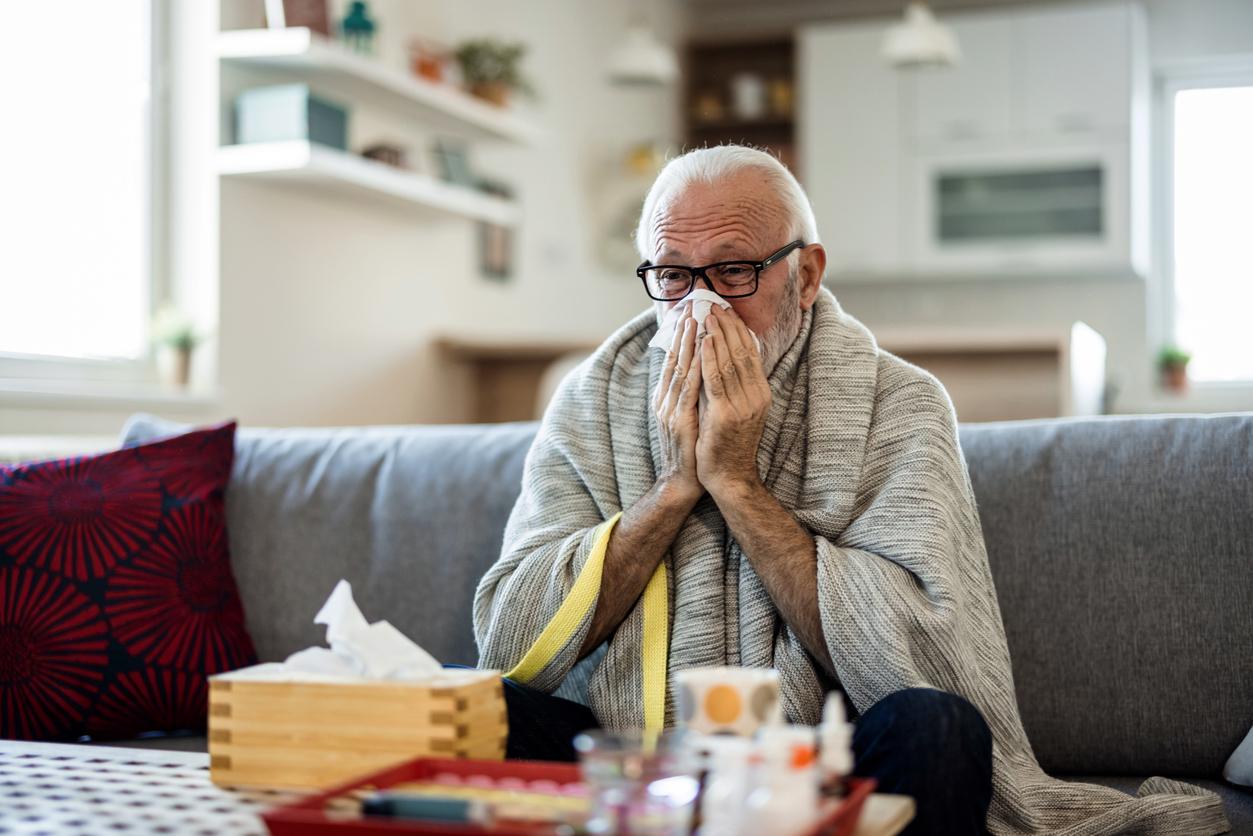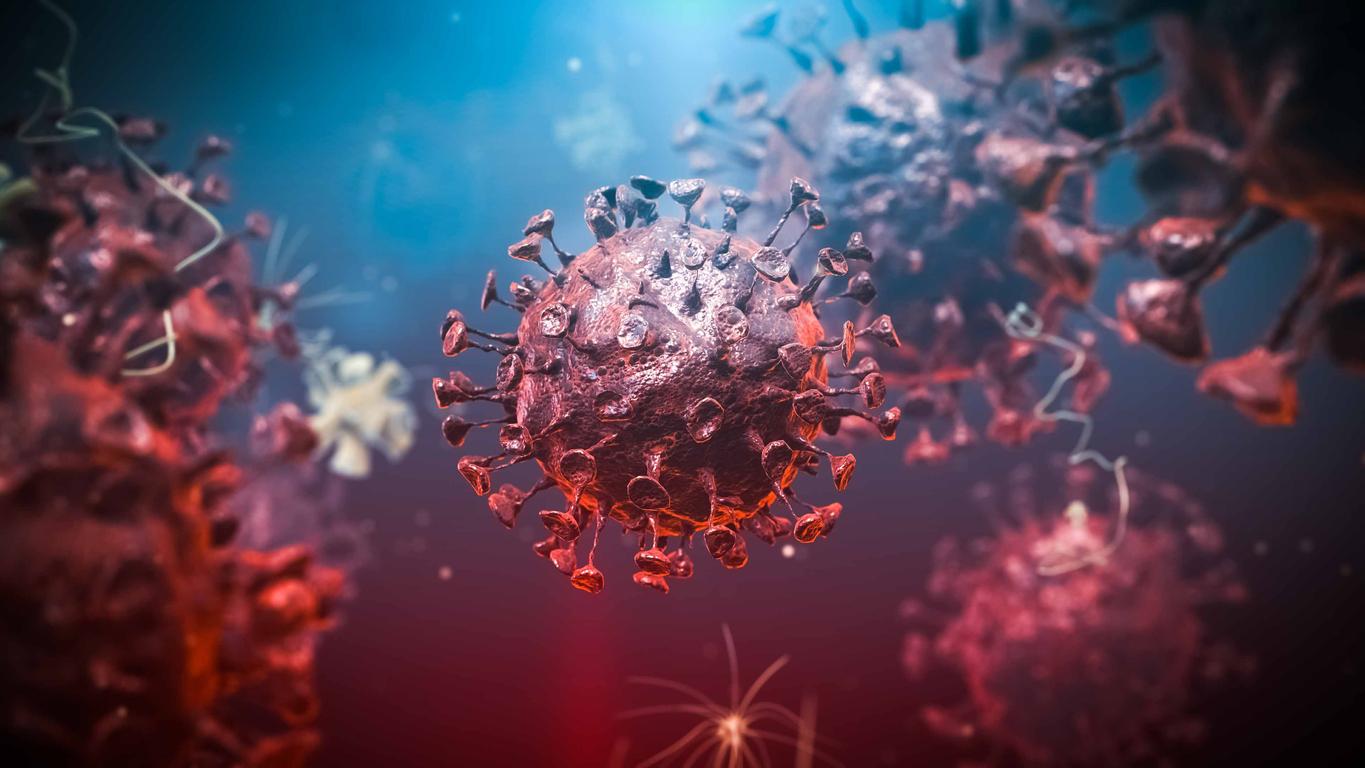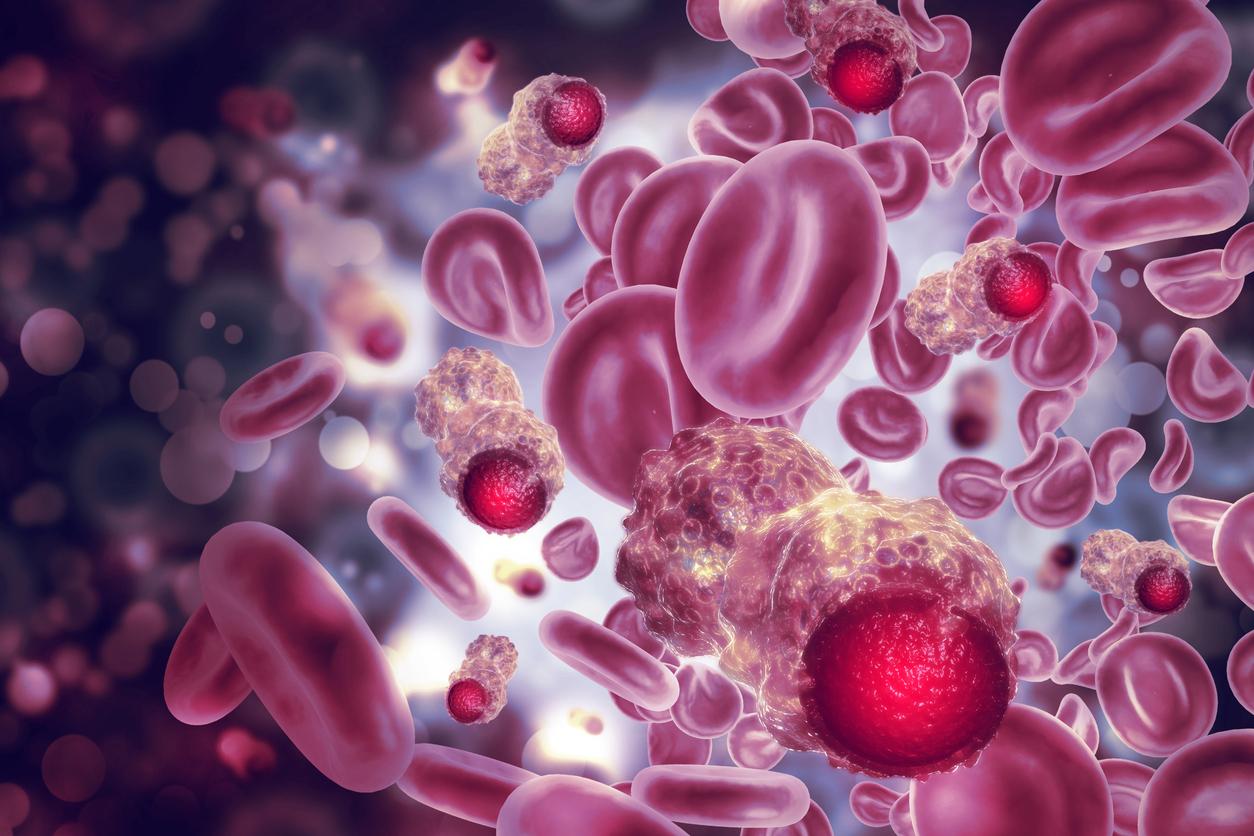The. Argentinians have been confined since March 20. The government has postponed the date of issuance six times. Despite the rather low proven case figures, the restrictive measures to isolate the population could last, at the risk of dividing society.

Eighty-one days locked up at home, more than Jules Verne’s journey around the world and often less entertaining. This is the ordeal facing the Argentines and in particular those of the region of Buenos Aires, the capital of 2.9 million inhabitants. Since March 20, the authorities have introduced strict confinement: wearing a mask is compulsory in all public spaces – including the street -, request not to take public transport, need for proof to leave your neighborhood. and suspended schools. “I don’t see anyone circulating without a masksays 47-year-old Chris, a resident of Recoleta in the center of town. There is a kind of paranoia, people avoid each other and are afraid.“A pressure which continues in the most populated areas of the country, but which is slackening in the remote regions which have begun a few weeks ago a progressive deconfinement.
Yet the concern remains. Despite encouraging figures – Argentina has 44.5 million inhabitants, 22,794 confirmed cases and 670 deaths, compared to Brazil 209.5 million inhabitants, 691,758 cases and 36,455 deaths, and Chile 18, 7 million inhabitants, 134,150 cases and 1,273 deaths – the authorities do not consider themselves out of the woods. Since May, the number of daily contaminations has doubled, rising from around a hundred to 200, and now peaks at between 700 and 900 new cases discovered per day. A situation that raises fears of the saturation of hospitals according to Rodrigo Quiroga bio-informatician, member of the research team of the national scientific control institution and university professor in the columns of the Nation.
Release
For the university professor, the difficulty lies in the lack of resources. “Today we are 250 people doing the contact tracing work. We are in the process of making an agreement with a university to have the reinforcement of 250 final year studentshe explains. In the UK they have mobilized 25,000 people for this task and they have a similar amount of daily new cases. Their number of contaminations decreases while ours increases.“He estimates that a large number of cases remain unreported.
Yet the confinement that drags on pushes for a certain relaxation despite strict rules. “It’s not like in Europe, here we have the right to 1 hour of walk on Saturday and another on Sunday no more otherwise we can be taken to the police station,“explains Chris. Yet his companion observes a certain sloppiness: “I find that there are quite a few people who walk in the street and pose in the parks”, remarks Vanessa, a 32-year-old French expatriate in Buenos Aires. On May 13, the Argentine Minister of Health declared that most of the new contaminations were discovered in working-class neighborhoods where “isolation is more difficult to maintain” reports the Clarin newspaper.
Today, some Argentines want to end the lockdown due to growing economic hardship. “The debate crystallizes around pro-lockdowns and anti-lockdowns, which boils down to “health” against “economy”. It’s typical of here where everything is white or black“, regrets Chris. At the end of May, several “against” demonstrations took place in different cities of the country, including one which gathered 300 people around the famous obelisk of the capital. Sometimes the protesters marched in cars to demand the “liberation of the economy” and “the right to work“. The governments of Buenos Aires and its province have announced that they will only act against these gatherings by court order.. A way to put pressure against the executive so that he lets go of the ballast. For now, the confinement lasts until June 28, but it will probably be extended a seventh time. A soap opera that drags on.
.















